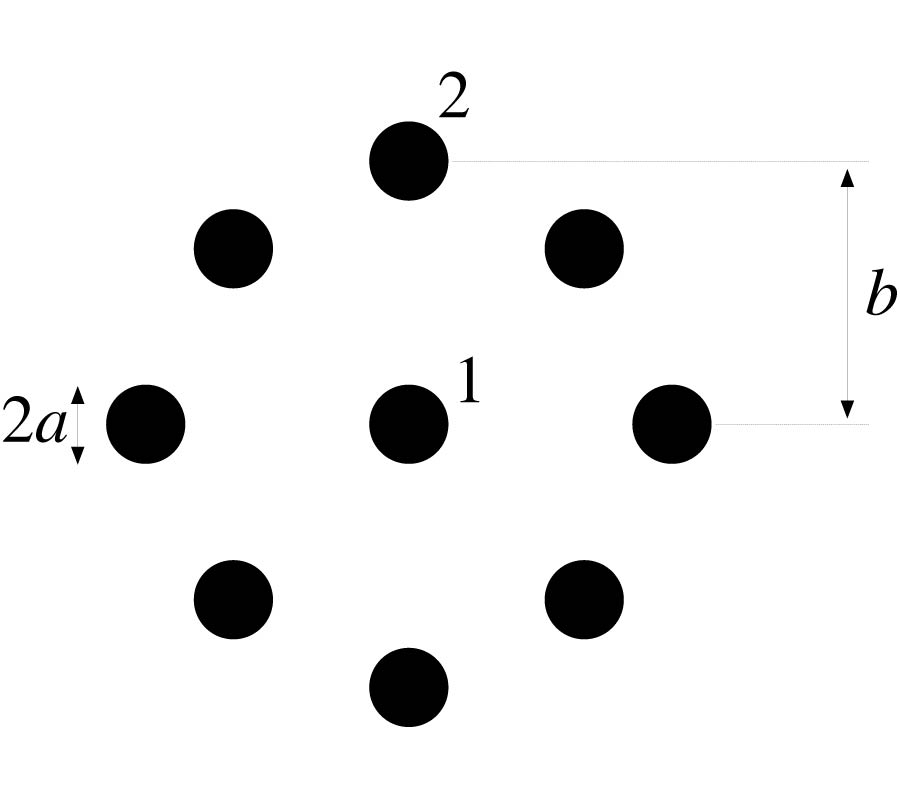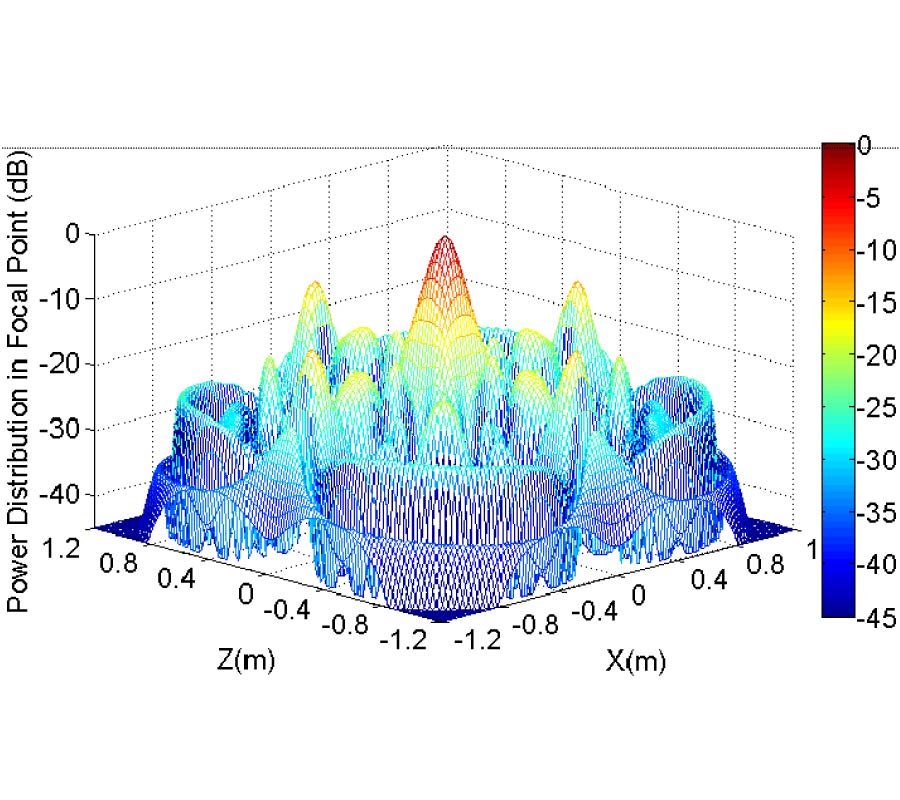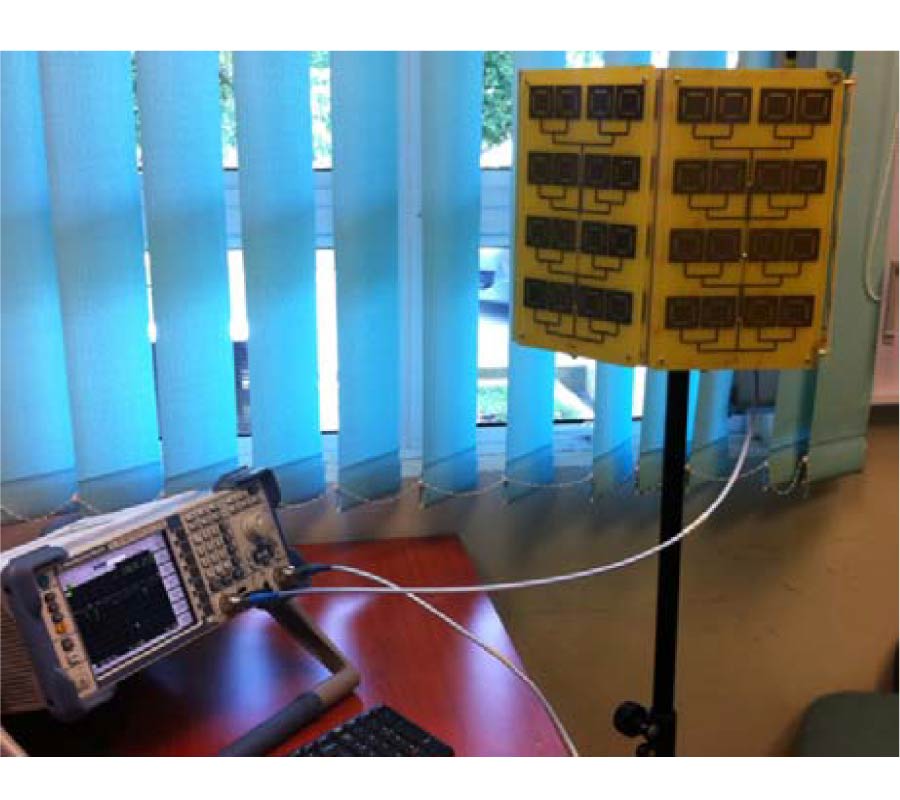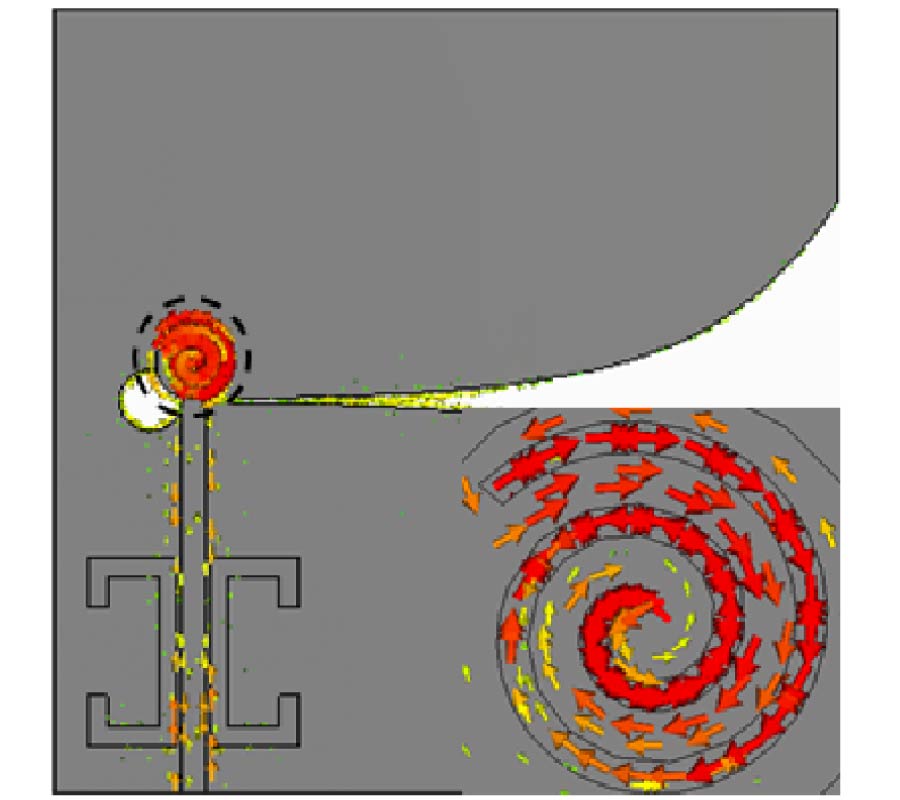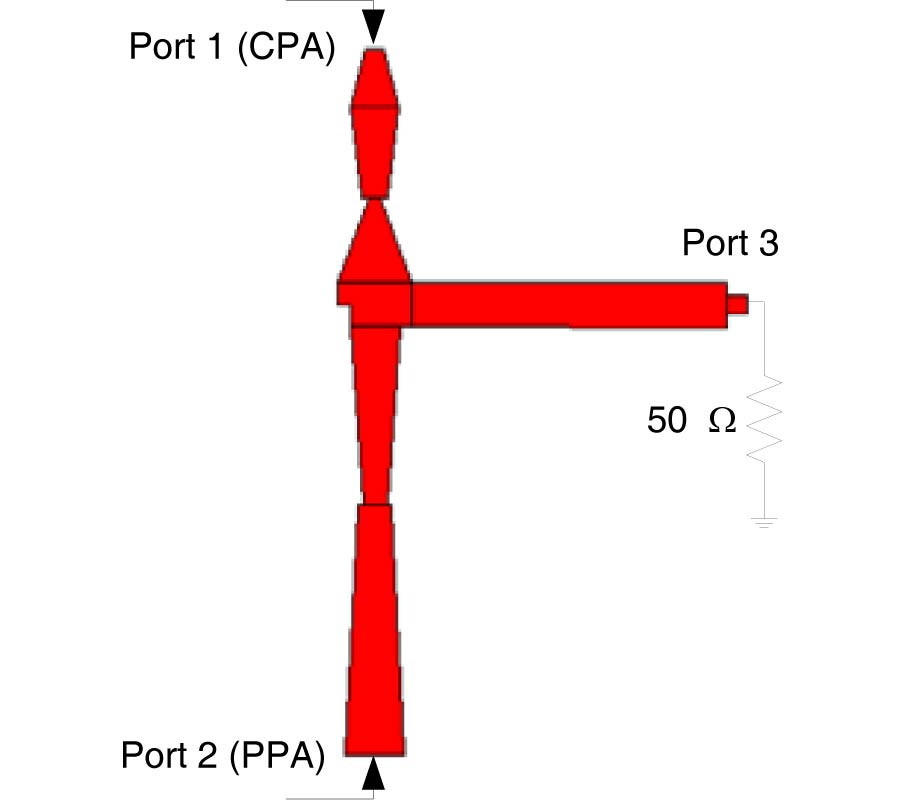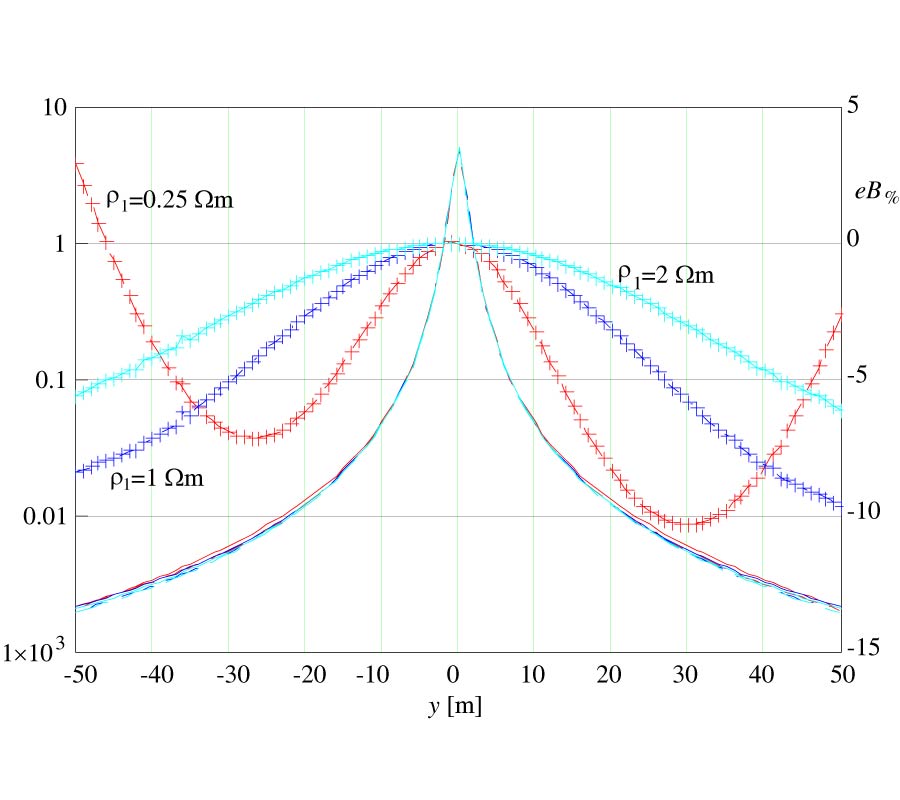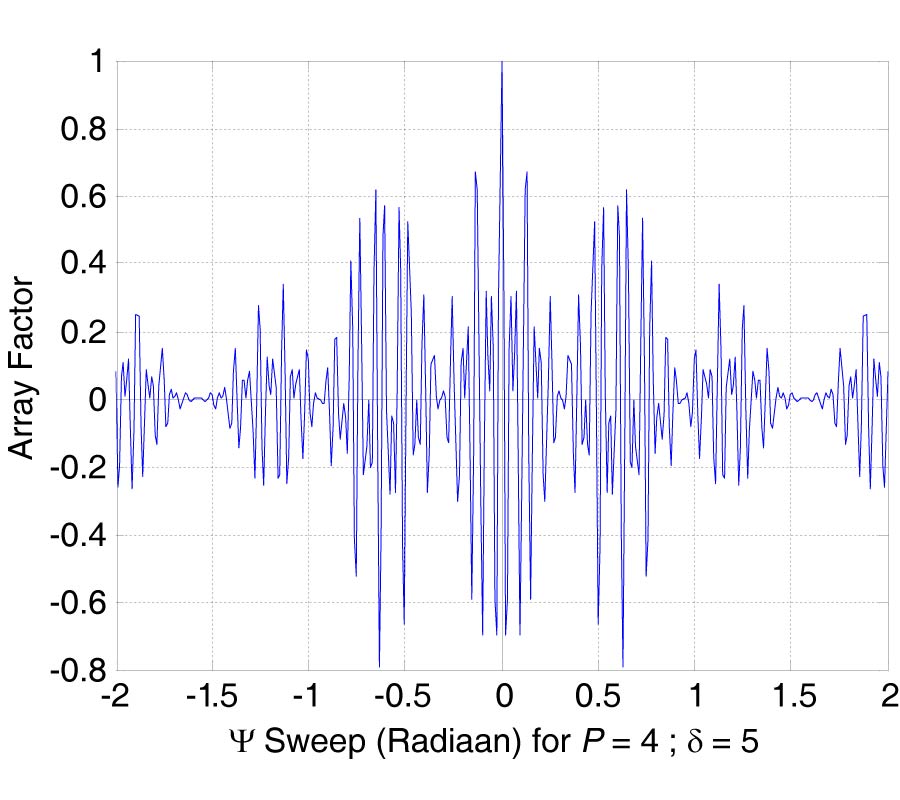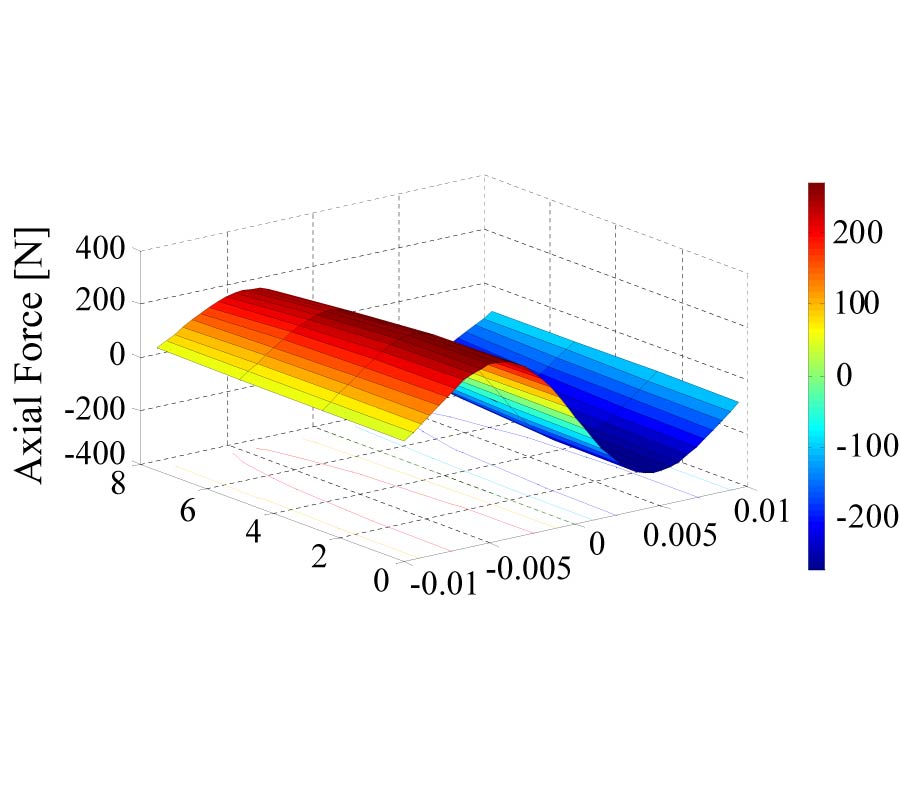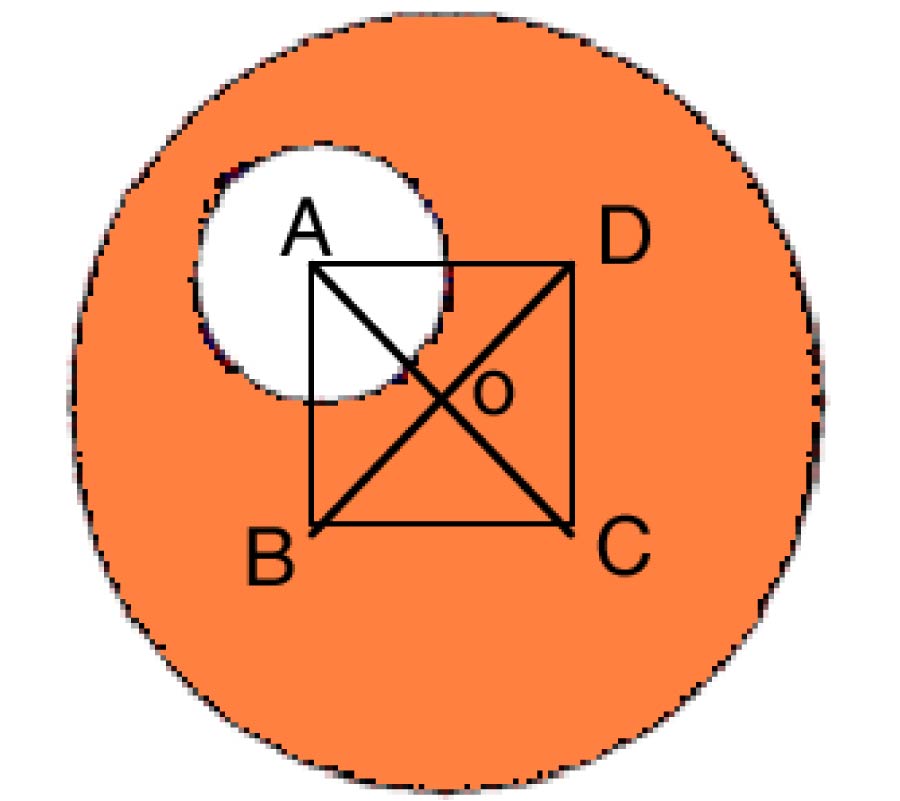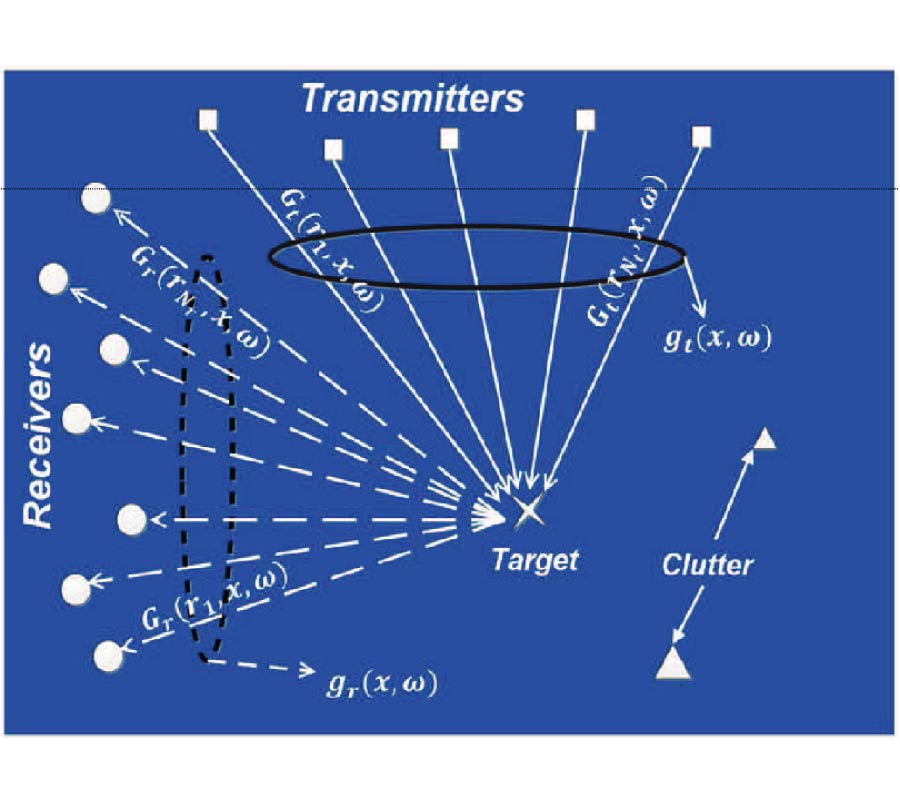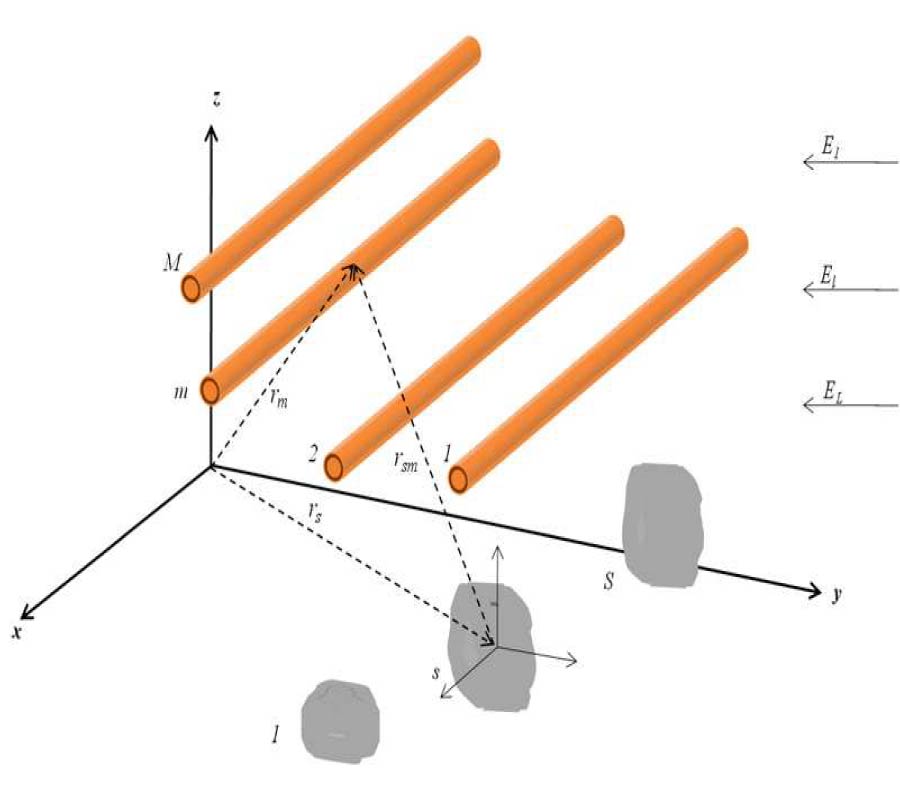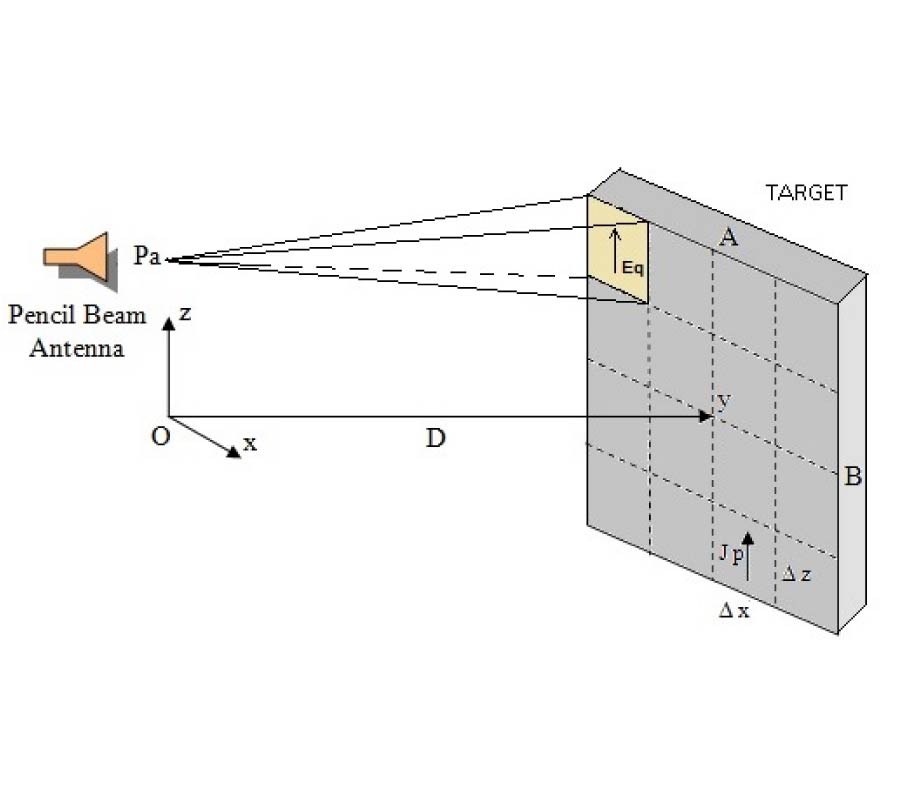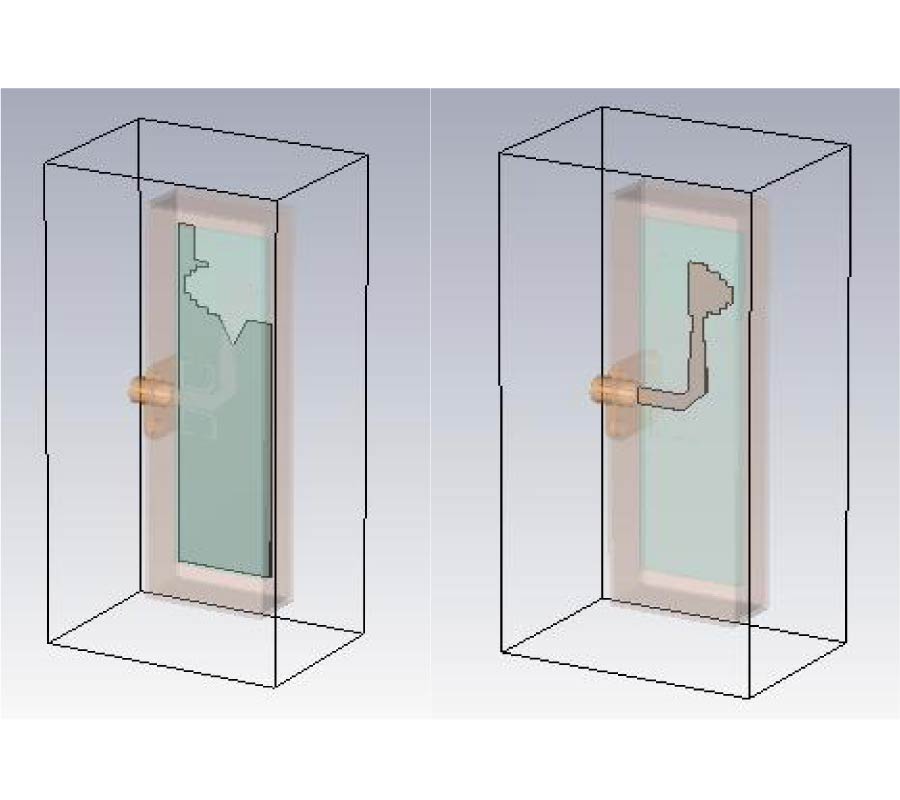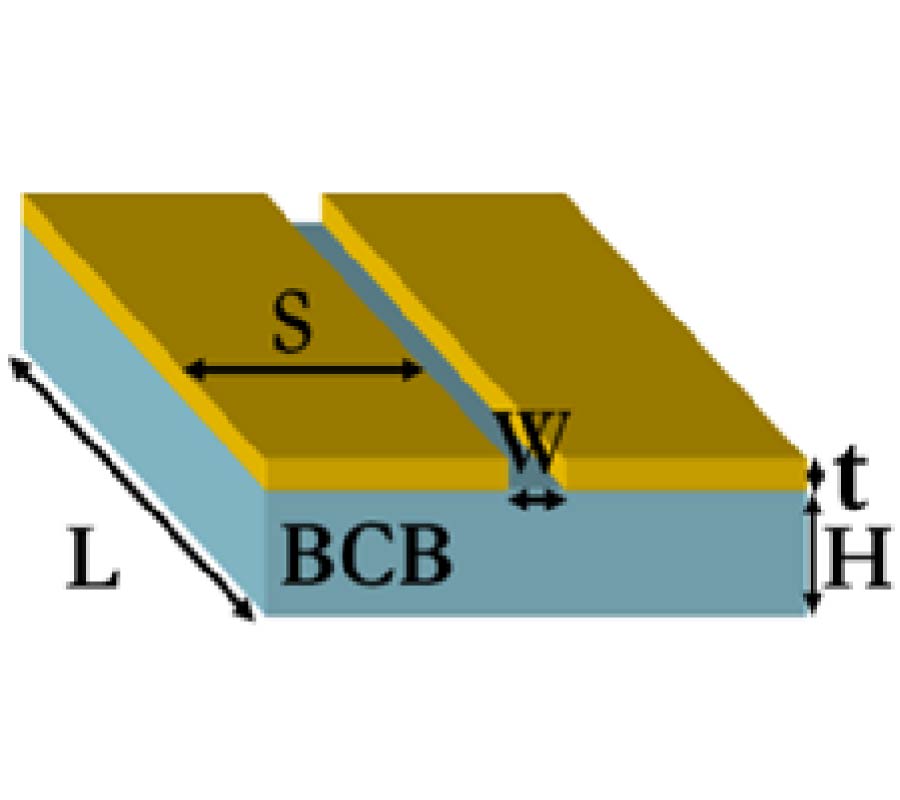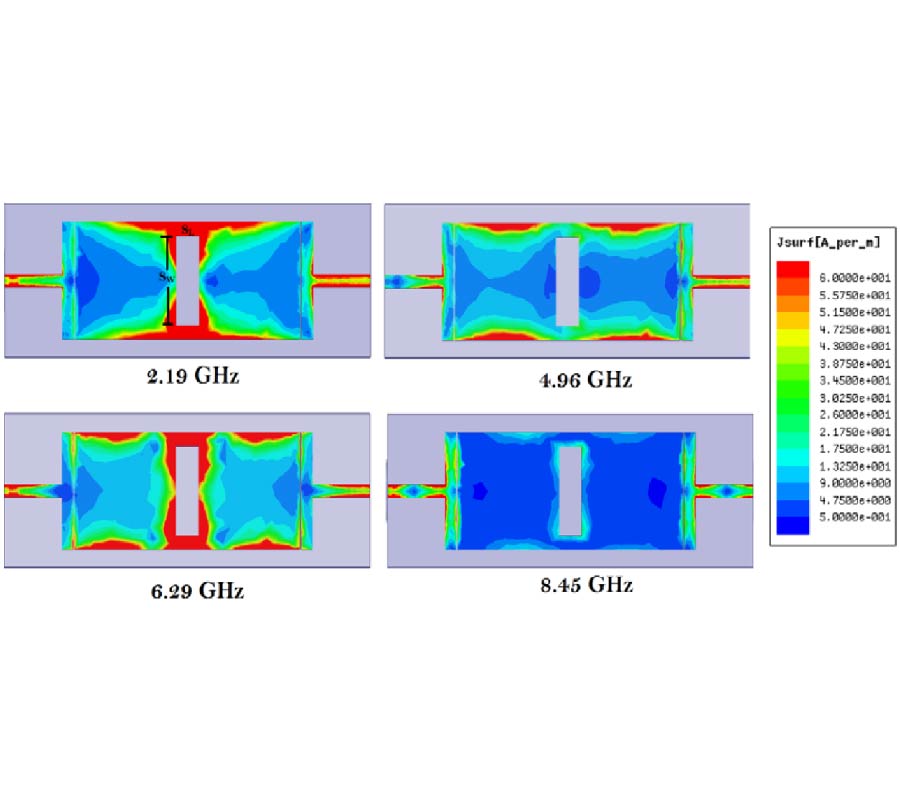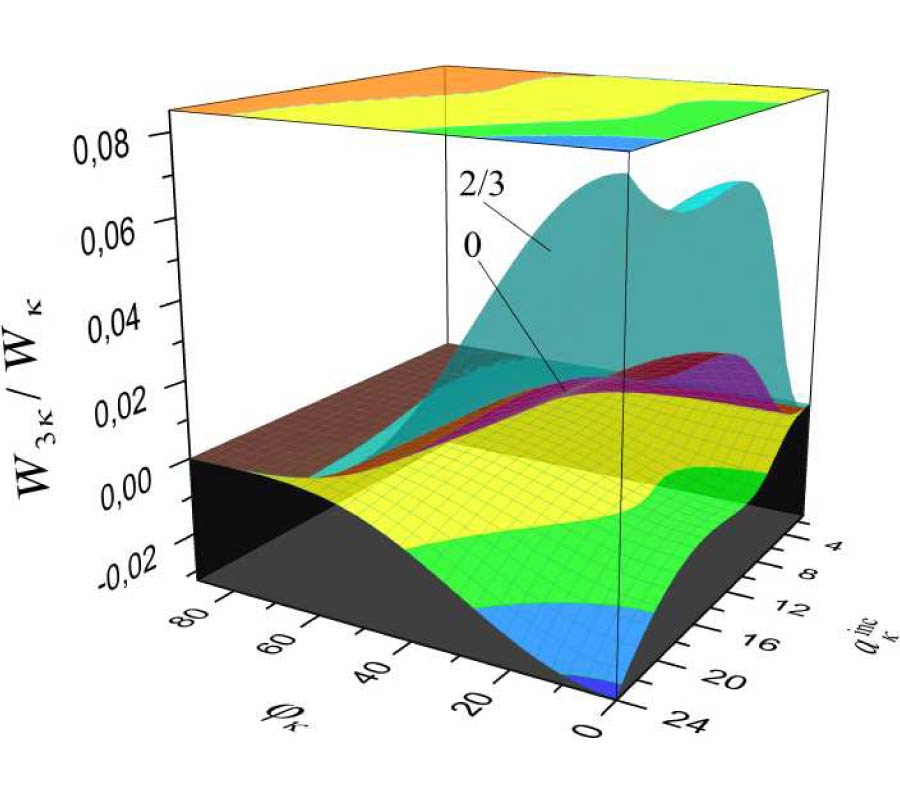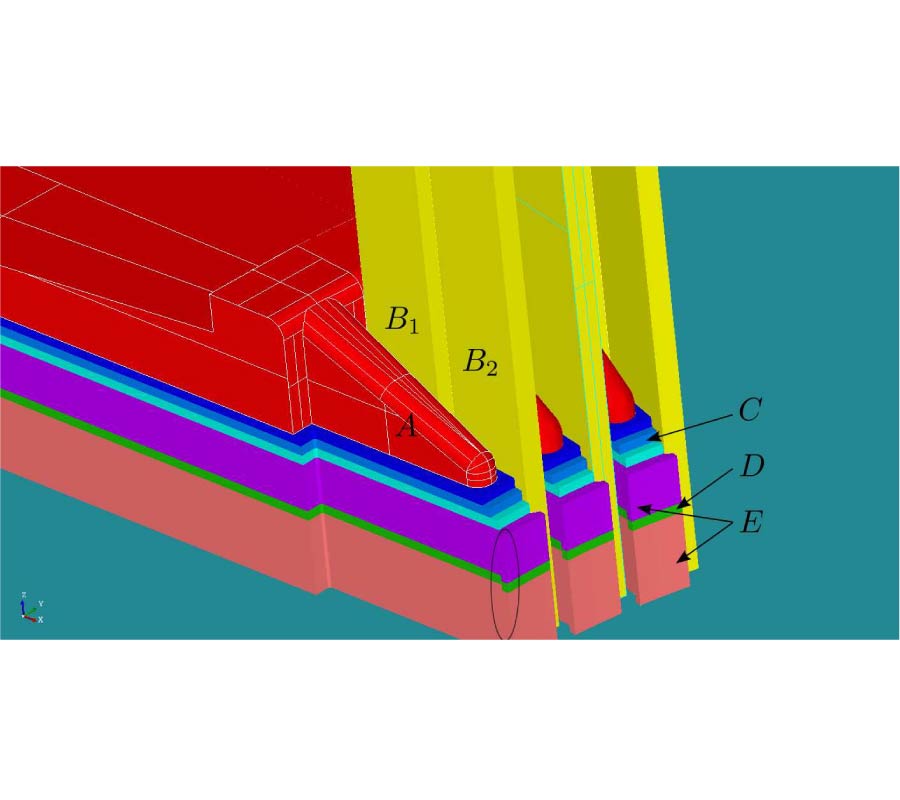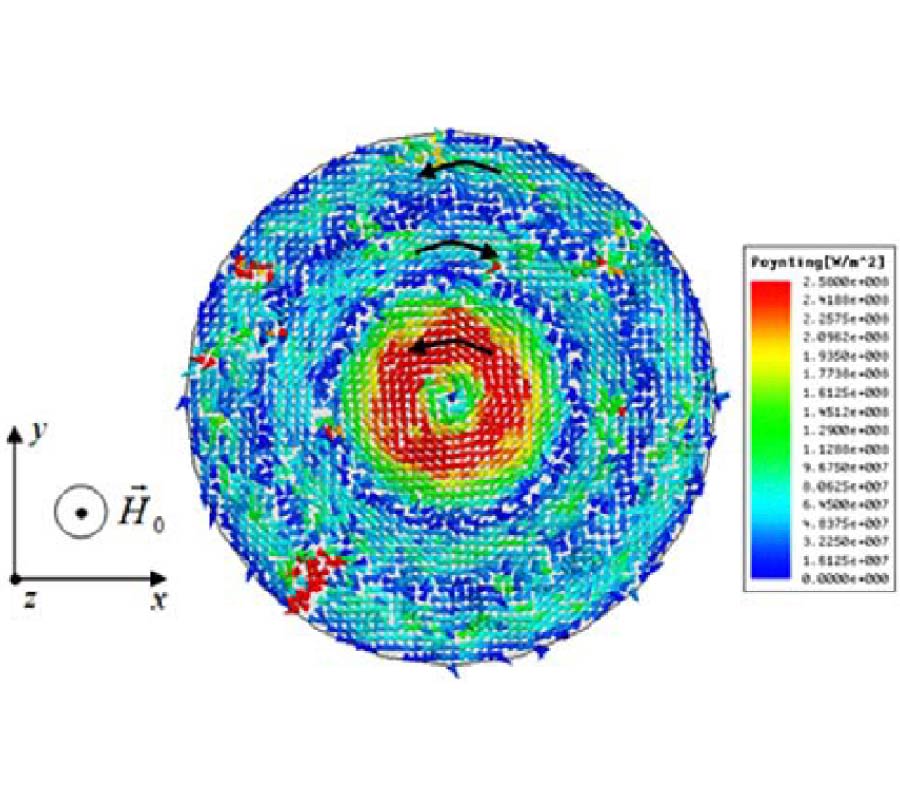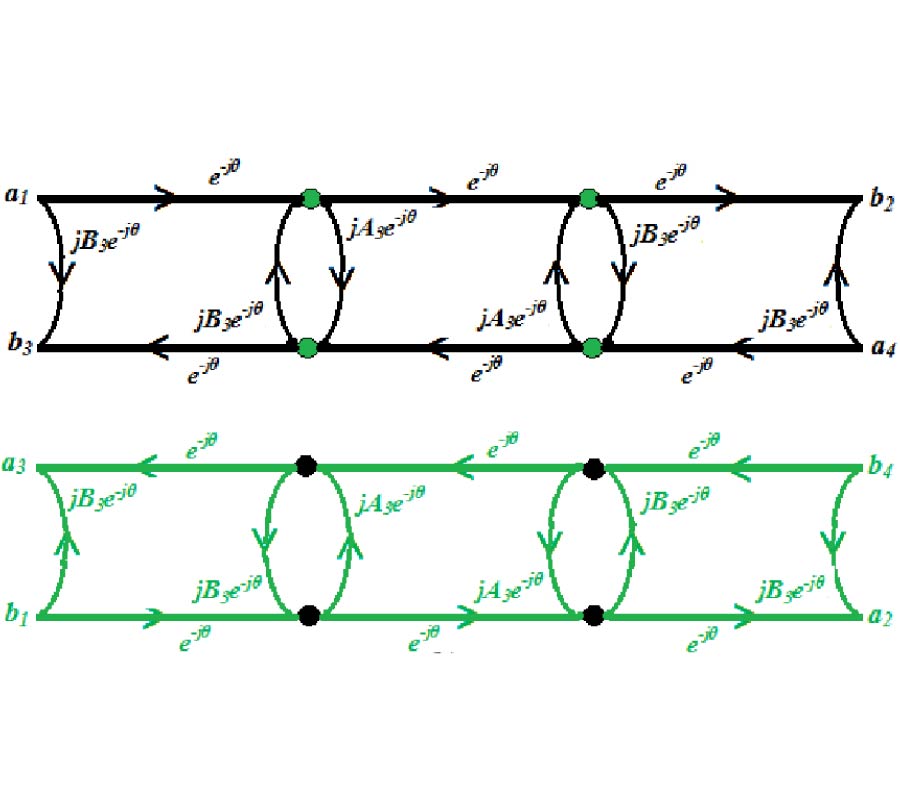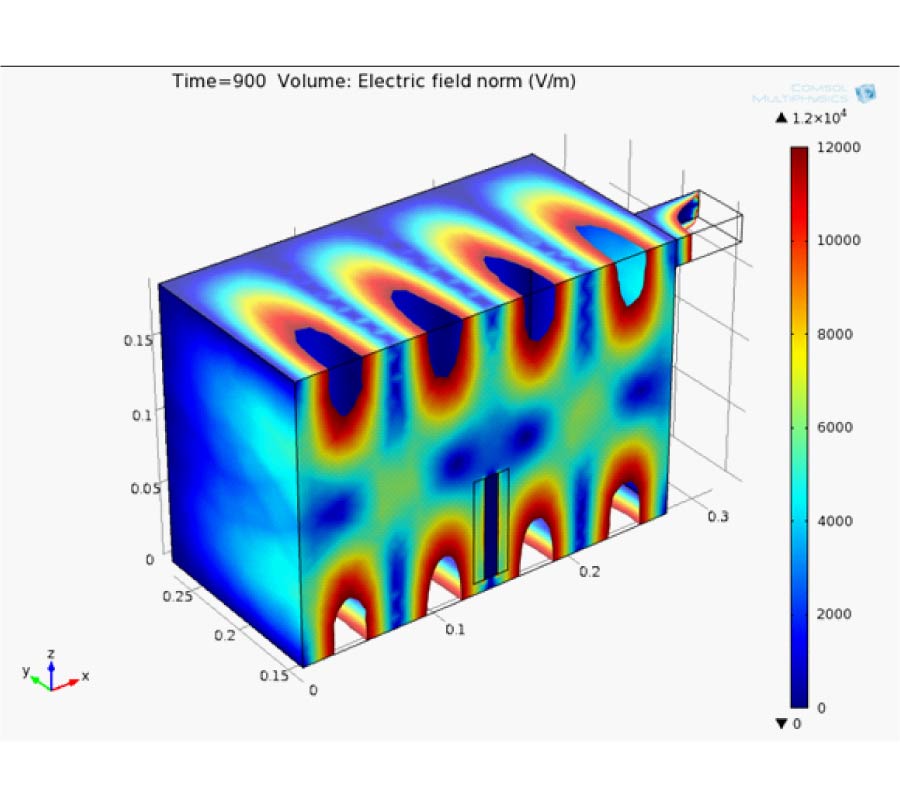Magnetic-Dipolar-Mode Oscillations for Near- and Far-Field Manipulation of Microwave Radiation (Invited Paper)
Eugene O. Kamenetskii,
Roman Joffe,
Maksim Berezin,
Guy Vaisman and
Reuven Shavit
There has been a surge of interest in the subwavelength confinement effects of the electromagnetic fields. Based on these effects, one can obtain new behaviors of the near- and farfield radiation. It is well known that in optics, the subwavelength confinement can be obtained due to surface-plasmon (or electrostatic) oscillations in metal structures. This paper is a review of recent studies on the subwavelength confinement in microwaves due to magnetic-dipolarmode (MDM) [or magnetostatic (MS)] oscillations in small ferrite samples. MDM oscillations in a mesoscopic ferrite-disk particle are quantized oscillations, which are characterized by energy eigenstates. The field structures are distinguished by power-flow vortices and non-zero helicity. Also in vacuum, the near fields originated from MDM particles are designated by topologically distinctive power-flow vortices, non-zero helicity, and a torsion degree of freedom. To differentiate such field structures from regular electromagnetic (EM) field structures, we term them as magnetoelectric (ME) fields. In a pattern of the microwave field scattered by a MDM ferrite disk and MDM-disk arrays, one can observe rotating topological-phase dislocations. This opens a perspective for creation of engineered electromagnetic fields with unique symmetry properties. In the near-field applications, we propose novel microwave sensors for material characterization, biology, and nanotechnology. Strong energy concentration and unique topological structures of the near fields originated from the MDM resonators allow effective measuring chiral properties of materials in microwaves. Generating far-field orbital angular momenta from near-field microwave chirality of MDM structures can be a subject of a great interest. Realization of such vortex generators opens perspective for novel microwave systems with topological-phase modulation.
